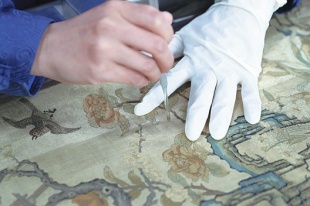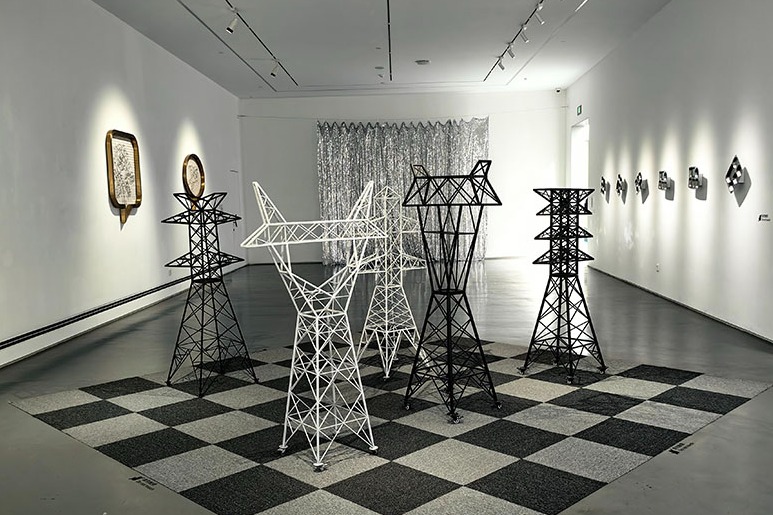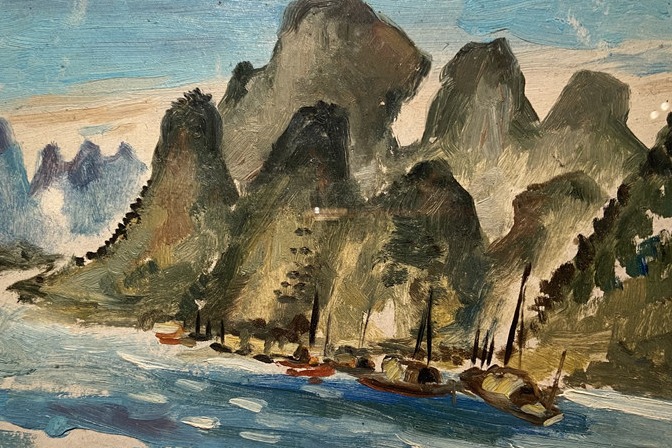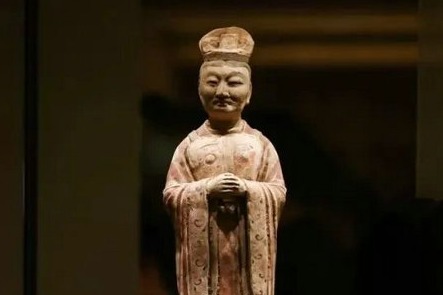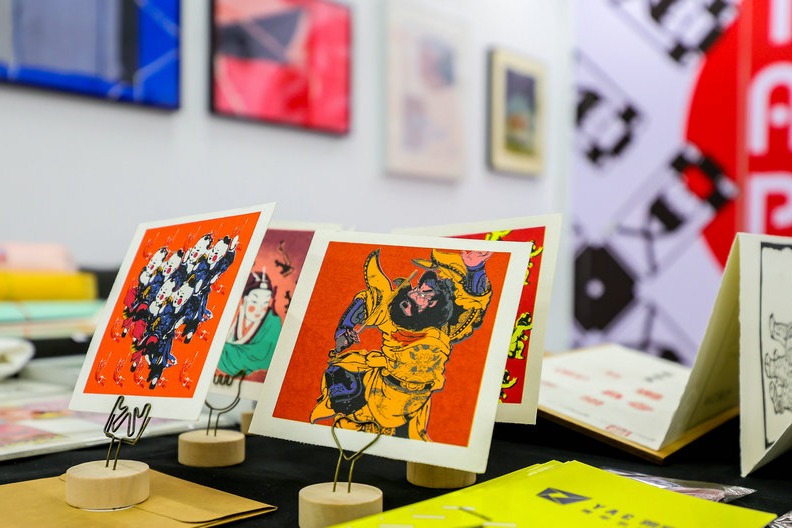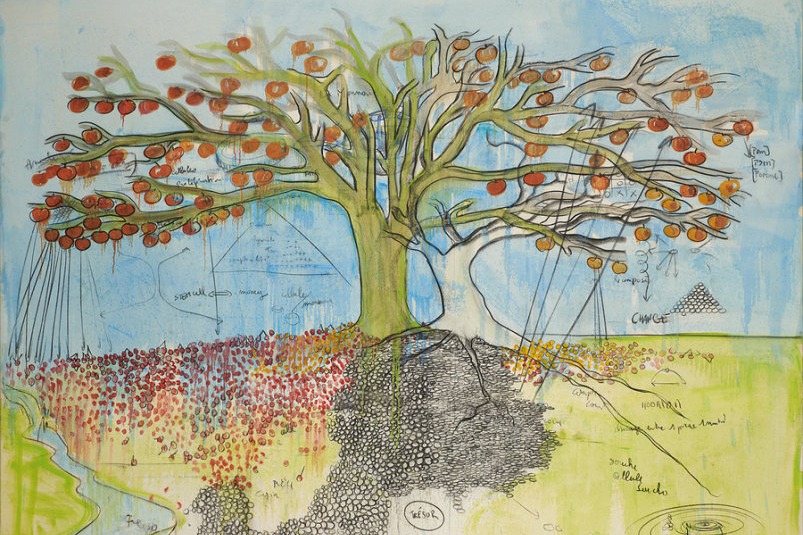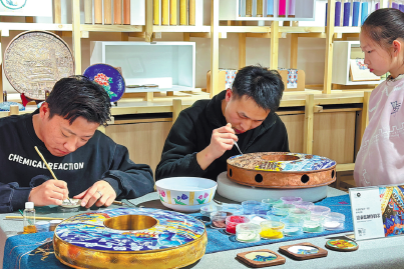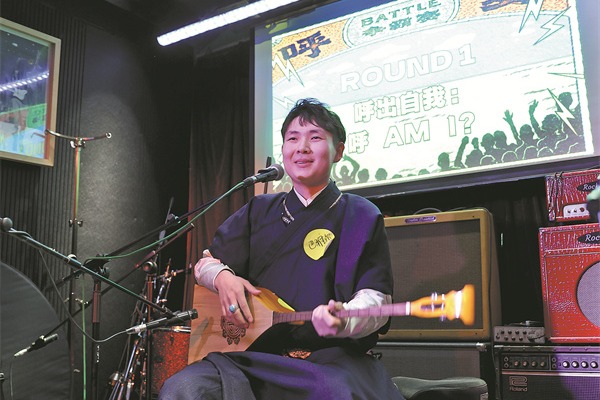Stitching up history


No matter how sparkling these textiles were when they first came to the Forbidden City, they were dusty when they were handed to conservators later. Cleaning the dust has become a key part in their job. Using a specially designed "miniature vacuum cleaner", an area up to the size of a hand can be cleaned a day. These relics deserve the utmost caution as textiles are one of the most fragile cultural relics in the museum.
The Palace Museum, also known as the Forbidden City, was China's imperial palace from 1420 to 1911.The royal families, especially the Manchu rulers of the Qing Dynasty (1644-1911), left myriad relics, which stand for advanced craftsmanship, in the compound.
Over 180,000 textile pieces are now housed at the Palace Museum, according to the museum's statistics of its inventory, completed in 2015, making it among the biggest collections of such cultural relics in the world. Royal garments and Peking Opera costumes are the signature relics in this category, but textiles were almost ubiquitous in the former imperial palace and used to make windows, paintings, folding fans, cushions, pillows, bedsheets, valances, and other interior decorations. The artisans were generous in demonstrating their creativity by weaving auspicious patterns in corners of the imperial palace.
Consequently, following the renovation of the palatial architecture, more textile relics were sent to the conservation studio. For example, in the ongoing renovation of the Hall of Mental Cultivation-the last eight Qing emperors' residence-conservators have new tasks: the daily-use articles were moved from that hall to the studio.
"There're too many textiles in the warehouse to be conserved, but the items are undisturbed unless some pieces need to be exhibited or urgently fixed," Wang Xu, another conservator in the studio, says. "Once a textile is taken out from the warehouse, the wear and tear, however tiny, is inevitable. So sometimes the way to protect it is to leave it as it is."
The fixed textiles are usually not taken back to their original homes in the palace. As a way to prolong their life, they are kept in the warehouse where the temperature is maintained between 17 and 25 C and humidity between 50 and 60 percent.


